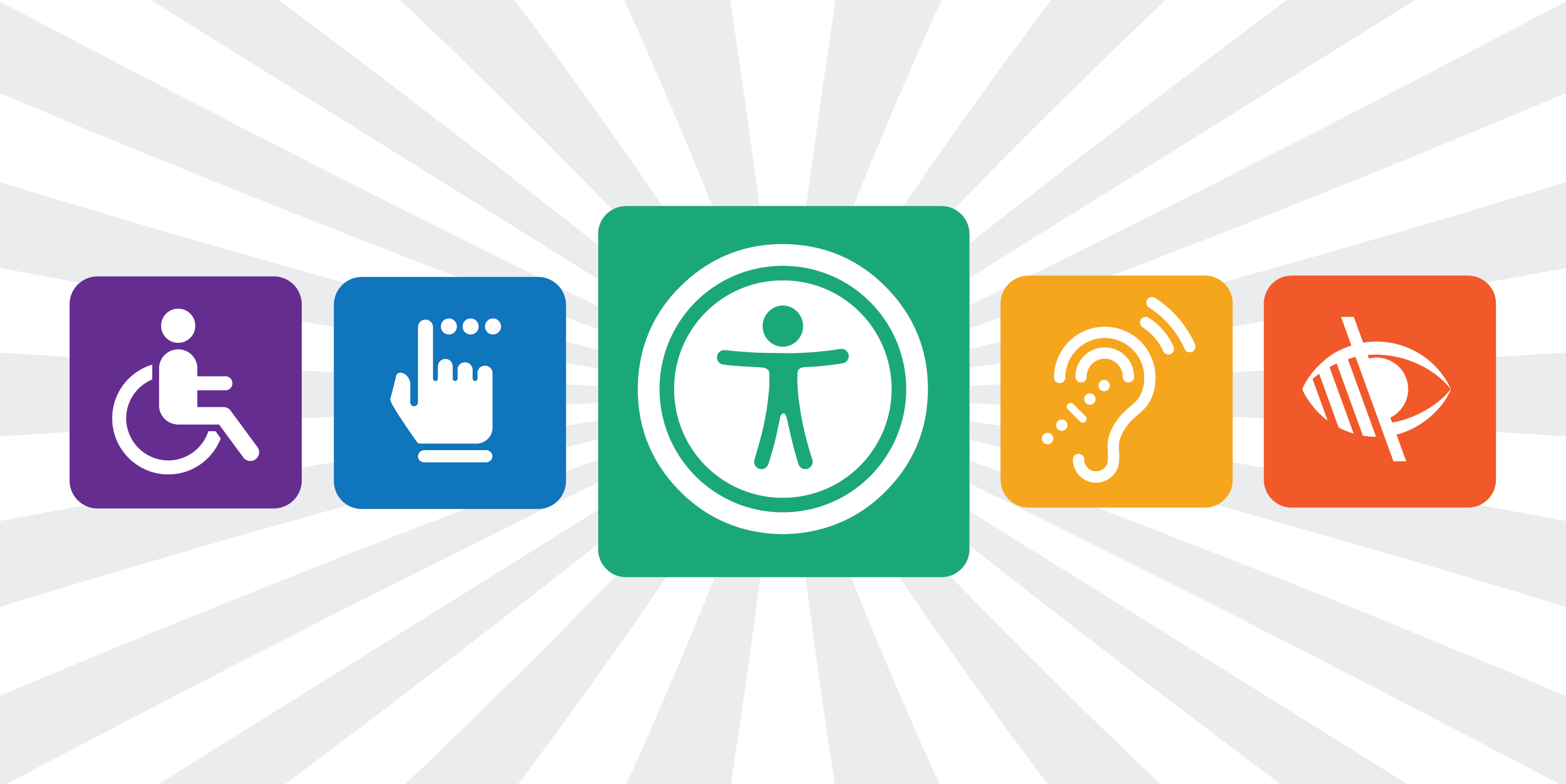This post is contributed by Steve Conway.
When we think of virtual accessibility, for some, it means having an electronic device with the means to access the internet. While this is true, for the most part, for many people, this goes beyond simply having a connection. Their accessibility is about being able to view content, websites, and more without any hindrances. With so much content being uploaded on websites and apps, consumers are certainly spoilt for choice when it comes to choosing what they want to enjoy, but not every website will accommodate their needs. This means the competition for grabbing people’s attention has sky-rocketed, so knowing some of the basics is crucial to making your own mark. However, how can you make your website available to as many people as possible?
Importance of a Mobile-Friendly Website
With statistics showing that the use of smartphones is only going to increase, it is crucial that your website should load properly on the small screen. More searches are done on the phone when compared to laptops, tablets, and computers. Having a website that is easy to access on the mobile phone without issues is an important factor if people are to return to it. A website that doesn’t display properly on different size screens and uses an unresponsive theme or has a complicated design that only works on desktops or laptops with bigger screens is not mobile-friendly. You also need to think about your font. While it might be easy to read on a computer, how easy is it to read this when it is a fraction of the size? Testing is incredibly important while making your site mobile-friendly, but it is an important task if you want to make your website more accessible to other people. Don’t let a poorly maintained mobile site hold you back from getting more traffic. A site that scales down successfully to a smaller screen will improve its chances of being revisited and recommended to others.
The Usefulness of Closed Captioning
AI closed captioning software has become an asset for both consumers and content providers, and the reason is simple: its applications are useful in many environments. Whether it is a student in a library who can now watch your video without hindrance despite forgetting their headphones or for someone in a virtual business meeting where they need to understand every single word their colleagues are saying, captioning is a great way to make what they are taking in the information they need to. Simply having the captions at the bottom of the screen on your videos on your website increases the potential reach and means people are more likely to watch the content in its entirety and spend more time engaged with it. The more shares you get, the more traffic you should get in return and, hopefully, more sales.
A swift and painless experience
When it comes to visiting a website, most people want something that loads quickly and is optimized for the ideal customer experience. The first impression of a website can be severely soured if it takes too long to load and is cumbersome with its text display and images. Make sure your website is as user-friendly as possible.
To Conclude
These three factors are just a taste of the basics that are needed to improve your website, making it more accessible to people. With a variety of people online comes a range of abilities and needs. Clear communication is an integral part of everyone’s daily life, whether it’s in a business or social setting. With this year likely to see more people relying on online services, your proactiveness in being able to cater to as many people as you can will enhance your experience as well as the consumer’s and provide a solid foundation going forward.
About the Author: Content marketing and inbound marketing expert, Steve Conway is passionate about discovering new tech which will enhance his already well-honed digital marketing skills.

